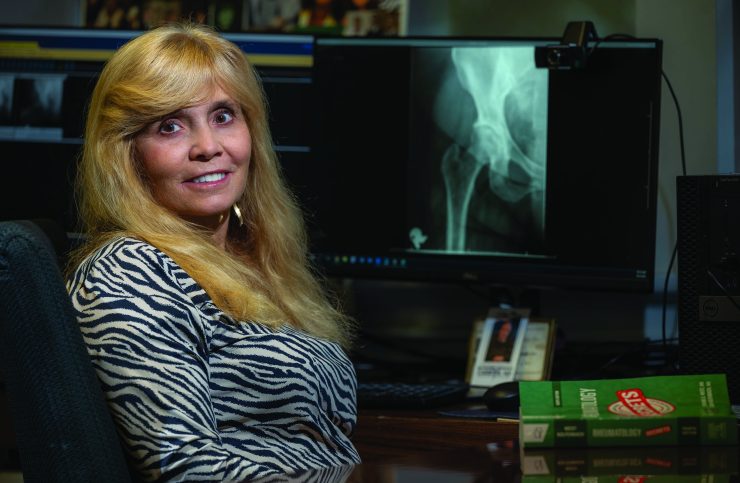Osteoporosis is a major, worsening public health problem and bisphos-phonates, which help restore a healthier balance of bone production and resorption, have been a relatively inexpensive, successful treatment, particularly for those at highest risk for fractures.
But even as the population ages, the drugs’ use has been trending down amid patient concerns about rare, but potentially serious side effects linking their long-term use to unusual fractures of the femur or thigh bone, the biggest bone in the body, and an even more rare jawbone loss called osteonecrosis.
Investigators have launched a five-year, $5.7 million study funded by the National Institutes of Health to objectively analyze big, diverse datasets of males and females who have been using these drugs to objectively assess the risk and benefit of continuing to take bisphosphonates versus taking so-called drug holidays, which can stretch out for years, in an effort to avoid the rare side effects.
Their bottom line will be developing a risk calculator called CLUB — calculator for length of use of bisphosphonates— that a physician can use to help an individual patient determine how best to proceed.
“The calculator will be designed so a physician can sit down with their patient and say: In the next X number of years you have X chance of an osteoporotic hip fracture based on everything we know about you, and this is your risk for an atypical femoral fracture,” says Laura Carbone, MD, an osteoporosis expert who is chief of the Division of Rheumatology at MCG and principal investigator on the new grant.









